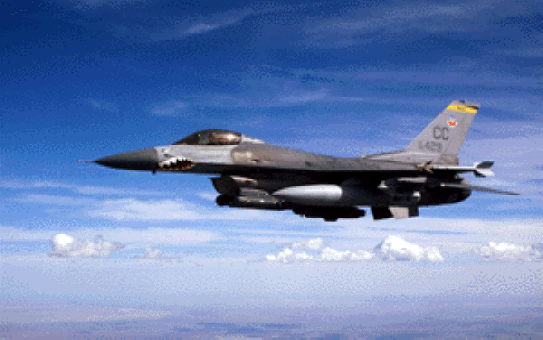Jet engines are extremely loud, so its surprising that anti-aircraft missiles that home-in on sound waves have not appeared. Navies developed sophisticated sound detection and analysis systems to track submarines. These systems easily determine the exact type of submarine by their unique engine and propeller sounds. Therefore, acoustic missiles can be fine-tuned to attack unique aircraft engines. This allows acoustic missiles to be fired at suspected enemy aircraft before visual identification is possible. The missile will ignore "friendly" jet engines, so the problem of friendly fire accidents disappear. They will provide fighter aircraft with a new weapon and infantrymen with a simple shoulder-fired anti-aircraft missile to complement proven heat-seeking missiles. If the gunner cannot see an airborne target clearly due to weather or darkness and no IFF signal is detected, his acoustic missile can identify the target as friend of foe by its engine noise.
 Acoustic sensors have already been
developed for the BAT air-to-surface munitions and their value for missiles was
recognized back in 1995. Acoustic missiles can function at night or during poor weather, and jamming will prove very
difficult because flares and chaff have no effect. Most importantly, sound tracking is very simple and
uses inexpensive technology that doesn't suffer the "lock-on" problems of
infrared. A missile can instantly "hear" the sound waves left
behind by aircraft at very long distances and purse that sound.
Acoustic sensors have already been
developed for the BAT air-to-surface munitions and their value for missiles was
recognized back in 1995. Acoustic missiles can function at night or during poor weather, and jamming will prove very
difficult because flares and chaff have no effect. Most importantly, sound tracking is very simple and
uses inexpensive technology that doesn't suffer the "lock-on" problems of
infrared. A missile can instantly "hear" the sound waves left
behind by aircraft at very long distances and purse that sound.
Acoustic missiles can track like a hound dog, picking up a scent of an aircraft that just flew by and following it to the source. If the sound track is lost because an aircraft made a sharp maneuver, it can turn back and find the sound waves again. Since sound waves travel slow, fighter aircraft can maneuver to escape acoustic missiles, assuming they see them coming from behind. Acoustic missiles would prove deadly against slow aircraft and helicopters. They can be aimed by radar, large sound detectors, or even by sight at contrails. The missile need only fly within a mile of the rear of the aircraft to detect an engine noise, and then purse the sound. If the missile is tuned to the unique engine sounds of larger aircraft, it will ignore escort fighters diving by to distract the missile. A long-range cruise missile can use acoustic sensors to seek out large aircraft hundreds of miles away. Acoustic missiles are not complex, and may change air warfare, especially when fired at large aircraft flying at high altitudes since no countermeasures exist.
©2015 www.G2mil.com